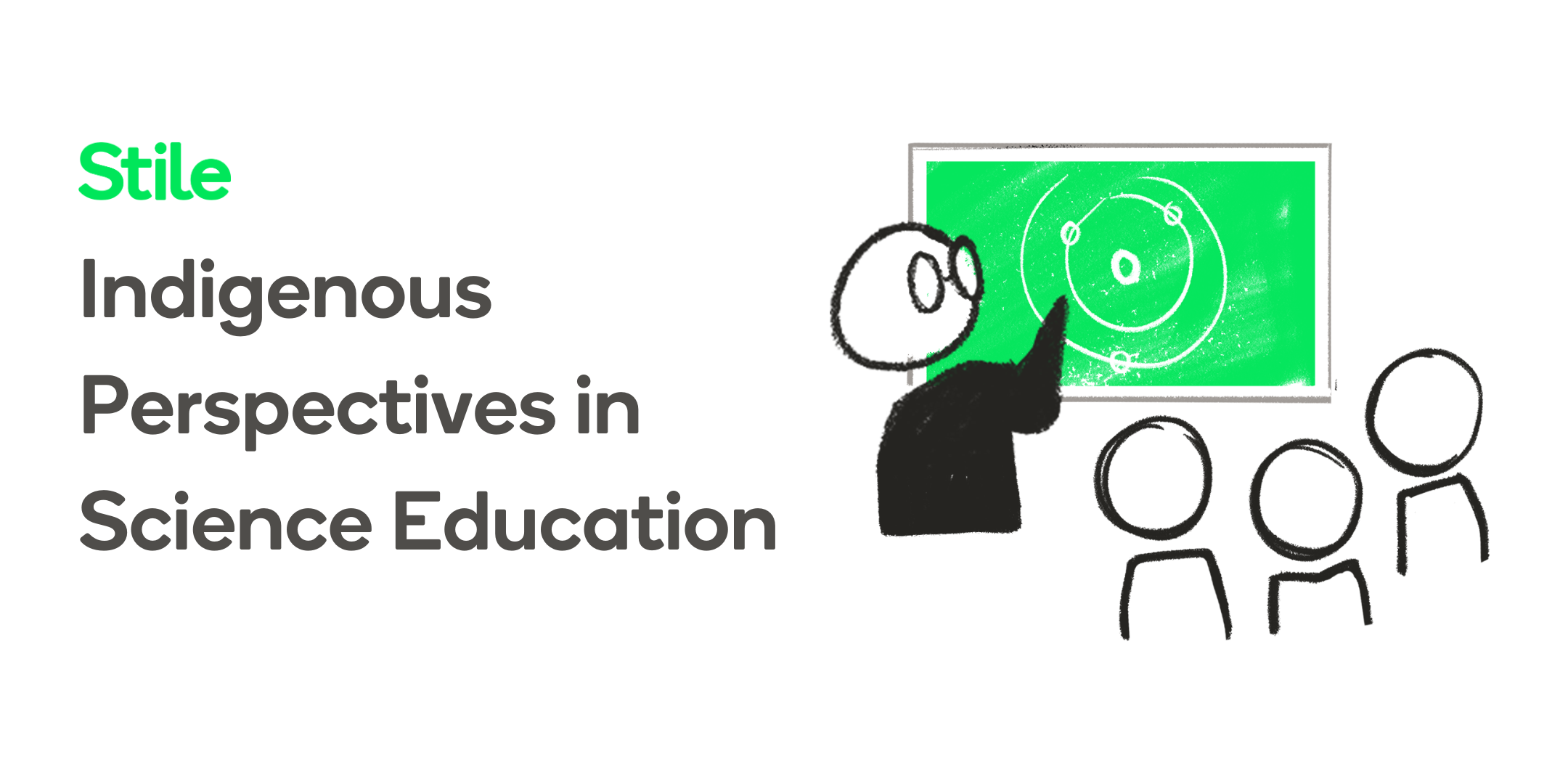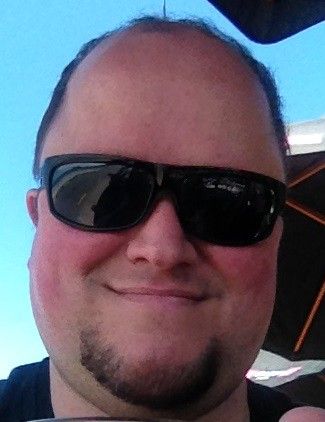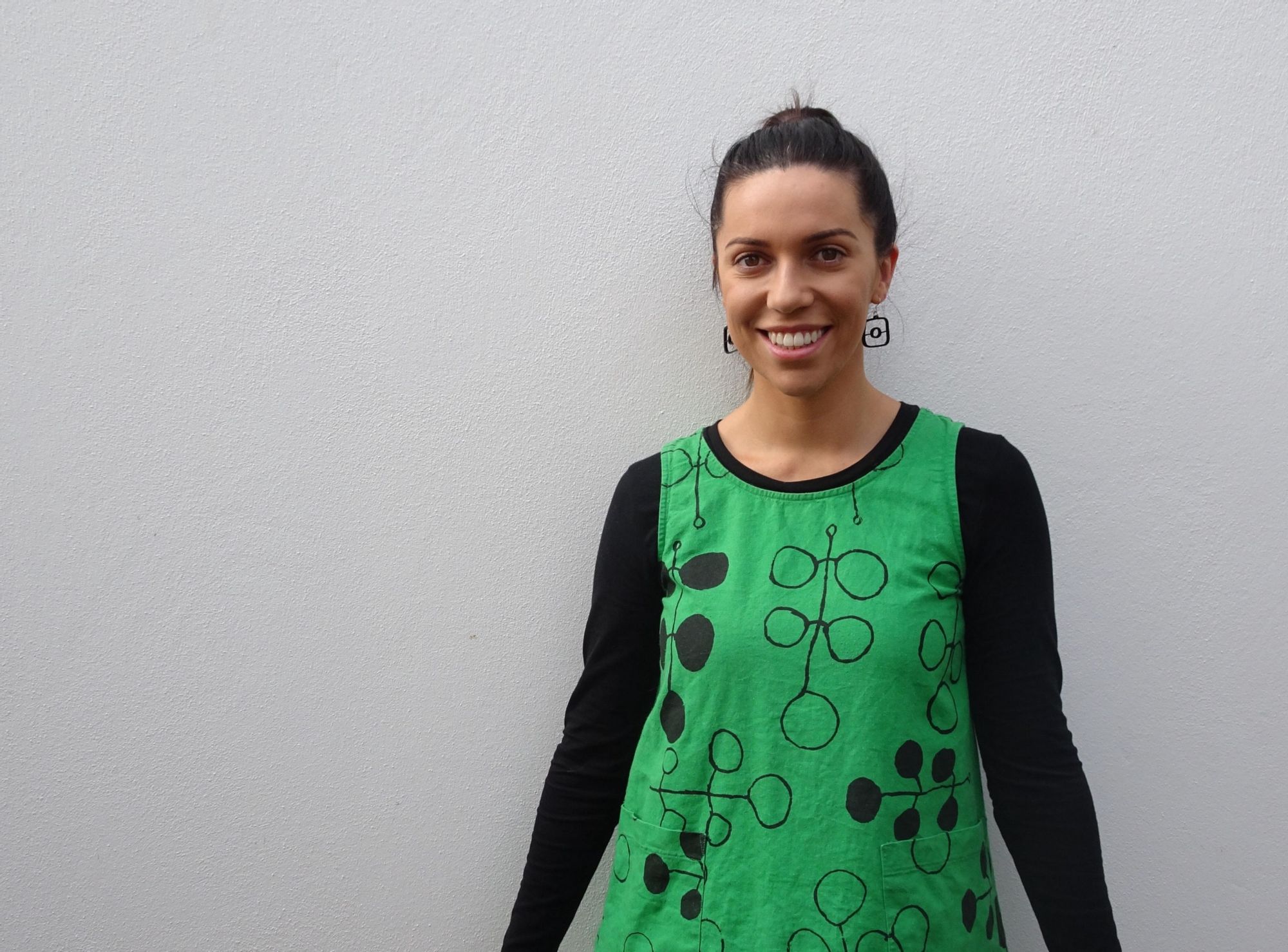Indigenous Perspectives in Science Education: Webinar and Resources

Background
Indigenous Peoples have been practising science for thousands of years and have deep, rich knowledge about the world. That’s why it’s so important that their significant contributions to the field of science are meaningfully embedded and celebrated in our science classrooms. And, although it can be challenging, it’s also critical that we create inclusive and equalising learning environments so that all of our students can see themselves, their identities and their cultures reflected in what they’re learning.
To support you in embedding Indigenous perspectives in our science classrooms and to create more inclusive learning environments, we hosted a panel discussion with Bruce Ngataierua and Jordyn Pol. Bruce and Jordyn are passionate educators in their respective cultures and have years of experience in the classroom.
Our panelists
Bruce Ngataierua
Bruce Ngataierua is a science and chemistry secondary teacher at Te Aho o Te Kura Pounamu (The Correspondence School) in the Hawkes Bay area in New Zealand. He’s a lifelong learner and especially likes to work with students who struggle with achieving their learning goals.

Jordyn Pol
Jordyn Pol is a Wiradjuri, Ngemba and Paakantji woman and primary teacher from New South Wales. She is currently working as a Learning and Support Teacher in northern New South Wales. Jordyn is passionate about helping teachers include Aboriginal and Torres Strait Islander histories and cultures across the curriculum.

Webinar recording
If the video above is blocked, view it here.
Questions from the audience
To what extent is it appropriate to be reaching out to local First Nations people regarding teaching about culture? What’s the best way to go about doing this?
Jordyn’s response:
- Book a cultural tour in your local area: great way to learn, remunerate Aboriginal people for their time AND potentially form a relationship with the person/business.
- NSW teachers: join your local AECG and attend the meetings or at the very least, reach out to the AECG (and also your local Aboriginal Land Council). VIC teachers: I believe you have a similar organisation… VAEAI?
- Allow plenty of time for a response. Clear state who you are, your role in the school and why you are seeking their advice (e.g. planning a unit of work and want to ensure that the correct information is included to represent the local Aboriginal community).
- Think of ways you can give back to the community for their time — perhaps an invite to your NAIDOC celebrations, or a small gift/card from the students. Attend or volunteer to help at community events?
Bruce’s response:
The best way to start is to find out where the nearest Marae where the local iwi live is to where your school is located and make contact with them. I would start with a phone call before making a personal visit. Be sure to explain that you are wanting to find out more about the indigenous area and its history first.
I believe the land my school is on is currently being debated. Do you have a suggestion as to how to embed culture if we can’t refer to a specific Indigenous group?
Jordyn’s response:
Acknowledge and represent both in your lessons. Provide equal opportunities for community members to be involved in your school.
Bruce’s response:
I think it is still O.K to refer indigenous cultural groups while the land is being disputed. Just be careful to stick to the facts when talking to your students and not opinions that stray into grey areas
Many of the elaborations in the ACARA document reference they way Aboriginal people live in the outback. How do we include urban Aboriginal people and make the cultural references relevant to students who are urban?
Jordyn’s response:
If you mean traditional versus contemporary examples, yes they were mostly traditional (pre-colonisation) but you could definitely include contemporary examples by doing some additional research and if you the example in the ACARA document is from a rural area, include the specific Aboriginal Nation name of the urban area and the key words from the content descriptor in a Google search.
Can non-indigenous teachers use the word ‘mob’ when referring to the students in their class? We are not using ‘boys’, ‘girls’ or ‘guys’ are we able to use ‘mob’ when addressing any cohort?
Jordyn’s response:
This is a tricky one to answer. Do you have Aboriginal students in your class? If not, then no. If yes, have you asked them? How do they feel about it?
For the New Zealand audience, the word ‘mob’ is used by Aboriginal English speakers to mean family, extended family, a clan group, community group or language group (of Aboriginal people).
Personally, I think it sounds natural, contextually correct and genuine when it is said by Aboriginal people.
Bruce’s response:
Mob has a negative connotation for me as it refers to a group of troublesome people. I prefer to use indigenous words in Maori that students will affiliate with like tamariki (children) or tama (boys) and kotiro. (girl)
Should we do a Welcome to Country in our classrooms?
Jordyn’s response:
Not a Welcome to Country, but an Acknowledgement of Country. This link (NSW) explains the difference: https://www.aecg.nsw.edu.au/wp-content/uploads/2016/11/welcomecountry_lowres-1.pdf
I know WA has their own PDF, so check to see if your state department has something similar.
Bruce’s response:
I believe it is always good to acknowledge different cultures in the country you live in. In New Zealand, we are officially bicultural so we need to welcome both Pakeha (White people) as well as Maori.
I’m wondering how programs like Te Kotahitanga and Te Hurihanganui have changed the teaching of Maori perspectives in the classroom and how its supported teachers who are unsure to engage with Maori cultures in their classroom
Bruce’s response:
Kotahitangi (unity) and Hurihanganui are key programs that support Maori learners and their whanau in terms of achievement and wellbeing. The six design principles give evidence to how this works for Maori in Education. I think it gives clarity and purpose to how those teachers who struggle with supporting their Maori learners. For more about this go to this link: https://www.education.govt.nz/our-work/publications/budget-2019/te-hurihanganui/
Are you using your first language to implement science language in your school? If so, what are some of advantages and disadvantages of using your first language?
Bruce’s response:
Maori is not my first language as I was brought up in the western culture. My Reo is improving and I have taken P.D and speak it whenever I can both in my life and with my students. I encourage all my Maori students to converse with me in Maori even if it isn’t their first language.
Is it appropriate for non-Indigenous teachers to use the words that you mentioned in the book ‘Nganga’?
Jordyn’s response:
You can certainly use the book to help you explain what these words mean as they arise in your lessons (e.g. when reading a book). I don’t think using words like gubba, aborigine or blackfella can be used appropriately and also struggling to think of how a non-Indigenous teacher could use tidda appropriately. But again, explaining what they mean to Aboriginal people, using the book, is fine.
When is it appropriate to use the word Koorie?
Jordyn’s response:
Koori, Koorie, Goori, Murri etc are all words used to describe Aboriginal people from multiple groups/language groups within a larger region. ‘Koorie’ is used to refer to Aboriginal people from ‘mobs’ in VIC. I think it’s best to ask your community what they would like to be referred to as — some might say Koorie, and others might say their specific Nation name (e.g. Wurundjeri) or both.
Is it ok if I ask my students what language they use with their culture?
Jordyn’s response:
Yes, but be aware that they might not know. In Australia, many Aboriginal students will grow up speaking Aboriginal English and SAE — not their traditional Aboriginal language (there are MANY reasons for this).
Bruce’s response:
Absolutely in fact they may not know and might spark an interest in their own heritage or to find out more about who they are.
Thinking specifically about science, are there some prominent Indigenous Scientists or people delving into scientific knowledge from these perspectives. Eg Victor Stefenson with fire management?
Jordyn’s response:
- Kirsten Banks is a proud Wiradjuri woman and Astrophysicist.
- Indigenous Astronomer: Karlie Noon is a Gamilaraay woman and Astronomer.
- Tyson Yunkaporta very knowledgeable about Country and sustainability. And there are more!
Bruce’s response:
There are not many New Zealand Scientists that I know of from history but this is slowly changing as promoting Science for Maori students is something I advocate strongly. One example of a prominent Scientist is an Astronomer Rangi Matamua who wrote the book “Matariki”. Here is a link to his book: https://huia.co.nz/huia-bookshop/bookshop/matariki-the-star-of-the-year/#readmore
Do you think it could be seen as offensive if for example students were asked to create an Indigenous style dance to explain a concept?
Jordyn’s response:
This is another tricky one to answer… Best to ask your local community for their perspectives on that. Our dances are sacred vessels of our culture and knowledge. I think that students (depending on their age and maturity) may not take it seriously… but I agree with Bruce in the fact that dance can help students to understand an idea (especially for Aboriginal students) when there are high expectations of respect for all students.
Bruce’s response:
Not at all — in fact I would support such an idea as Maori culture through Kapa Haka and other traditional dance is an activity many Maori students participate in and love to compete against other teams at regional and national competitions. A dance can often explain a Science idea better than trying to explain it orally or write it down.
Resources
Bruce’s links:
- Resources with Māori content: https://www.sciencelearn.org.nz/resources/2268-resources-with-maori-content
- TKI Teacher Standards and E-Learning:
https://elearning.tki.org.nz/Professional-learning/Teacher-standards-and-e-learning - Supporting Māori Students:
https://www.inclusive.tki.org.nz/guides/supporting-maori-students/ - Tikanga Tips:
https://www.wgtn.ac.nz/maori-hub/ako/teaching-resources/tikanga-tips
Jordyn’s links:
Australian Curriculum: Science Aboriginal and Torres Strait Islander Histories and Cultures cross-curriculum priority: Content elaborations and teacher background information for:
- F-6: https://www.australiancurriculum.edu.au/media/5653/ccp-tbi-f-6-ver5-online.pdf
- 7–10: https://www.australiancurriculum.edu.au/media/5157/ccp-tbi-7-10.pdf
Traditional Indigenous Games:
Social pages
- Instagram: @learning_to_ngangaanha
- Facebook Group: “Collaboration Space: Aboriginal and Torres Strait Islander Resources”
Curriculum resources
- NSW “Working with Aboriginal Communities”: https://ab-ed.nesa.nsw.edu.au/files/working-with-aboriginal-communities.pdf
- VIC “Protocols for Primary and Secondary Schools”: https://www.gips.vic.edu.au/uploaded_files/media/2019_protocols_for_primary_and_secondary_schools.pdf
- QLD “Aboriginal and Torres Strait Islander Perspectives and Protocols”: https://www.qcaa.qld.edu.au/about/k-12-policies/aboriginal-torres-strait-islander-perspectives/protocols
Books:
- Dark Emu (Bruce Pascoe)
- Sand Talk, Tyson Yunkaporta
- The Little Red Yellow Black Book (AIATSIS)
- Nganga (Aunty Fay Muir & Sue Lawson)
- Growing Up Aboriginal in Australia (Anita Heiss)
- Welcome to Country (Marcia Langton)

